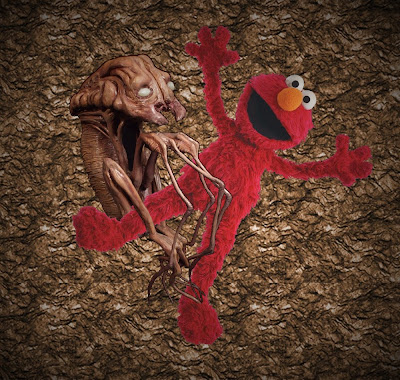One of the pleasures of running Propnomicon is the opportunity to highlight sculpture and artwork I enjoy. Anytime I can throw some attention towards a deserving artist creating fantastic art, in every sense of the word "fantastic", I'm happy to do so. That said, I also have rather particular tastes. Because Propnomicon focuses on occult artifacts in general, and the Cthulhu Mythos in particular, I'm just not interested in works outside of those general parameters.
Why do I bring this up?
Because, apparently, I'm not giving enough exposure to truly deserving artists.
There have been a few incidents over the past year where artists or their advocates have become upset that I'm not interested in their work or, heaven forbid, "not giving it the attention it deserves". Normally I don't let that kind of thing get under my skin, but it's recently escalated to the point of aggravation and it has to stop.
So, to prevent any further problems, I'd like to make everyone aware that I have no interest whatsoever in knit Cthulhu hats, chibi Cthulhu, plush Cthulhu, felt Cthulhu, cartoon-style Cthulhu, or anime Cthulhu. Feel free to substitute the name of any other Mythos entity for "Cthulhu" in all of the above and rest assured that I couldn't care less about them either. That doesn't mean your work isn't wonderful. I'm sure it is. It's just not something I want to cover here.
If, on the other hand, you've created a cool grimoire, sculpted a nasty critter, reproduced an interesting historical document, discovered a cool historical resource, or have a helpful tutorial related to propmaking I'd love to hear from you. 'Cause, you know, that's what my blog is about. All I ask is that you take a few minutes to browse around and get a feel for what I think is nifty before emailing me. Believe me, I
love when someone emails me something cool, but I'm just not into the "cute" Mtyhos stuff.


















































